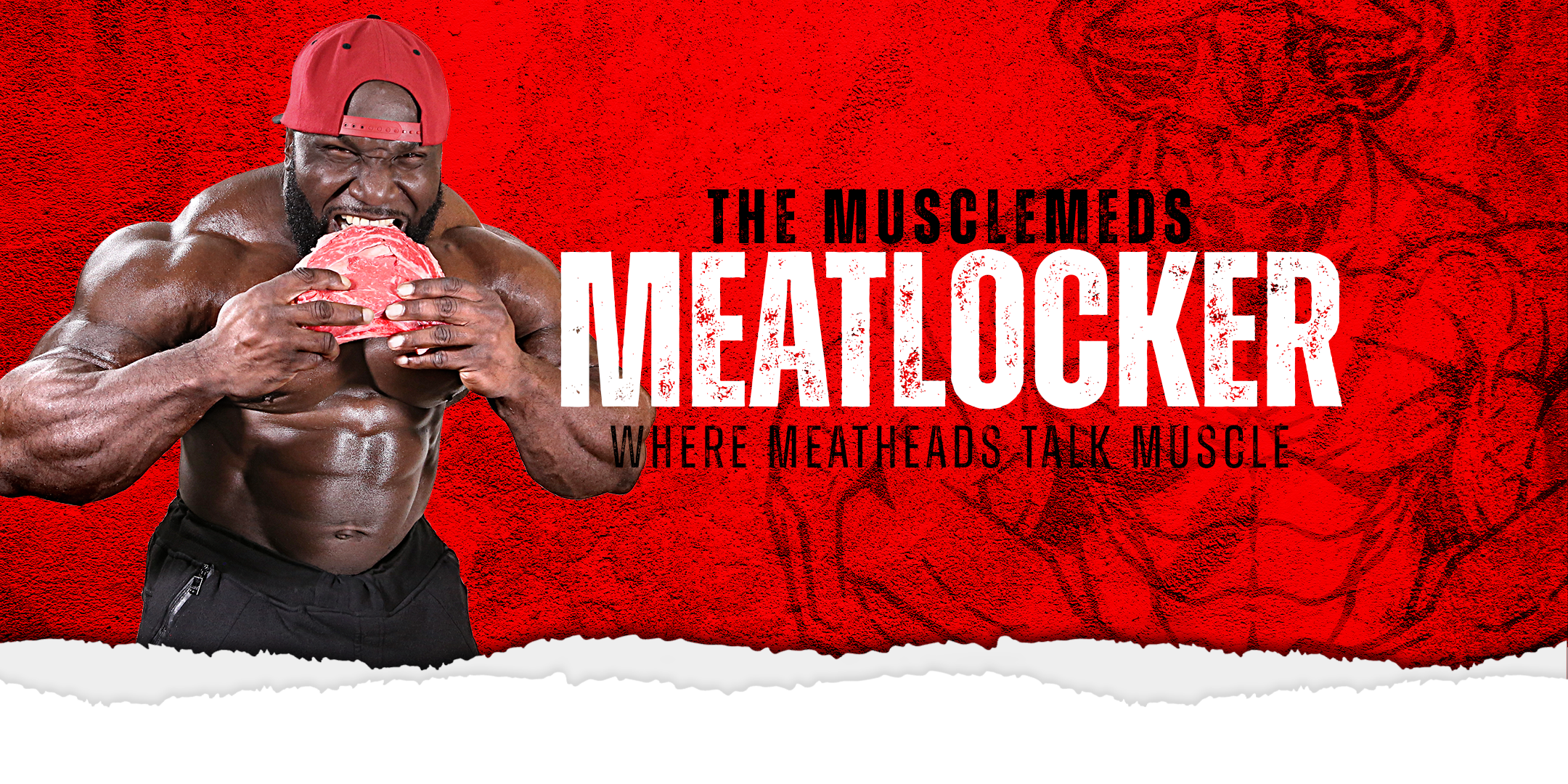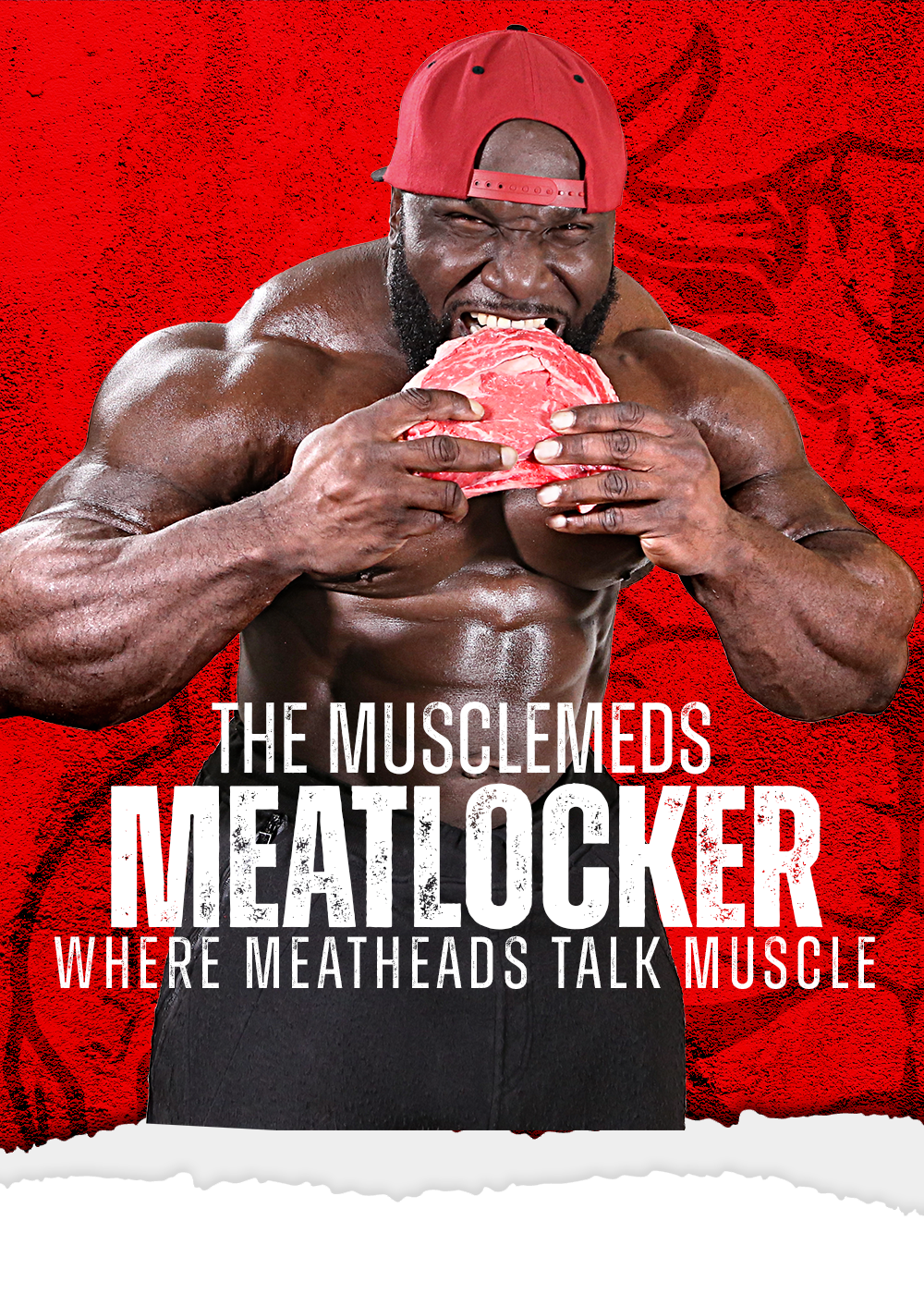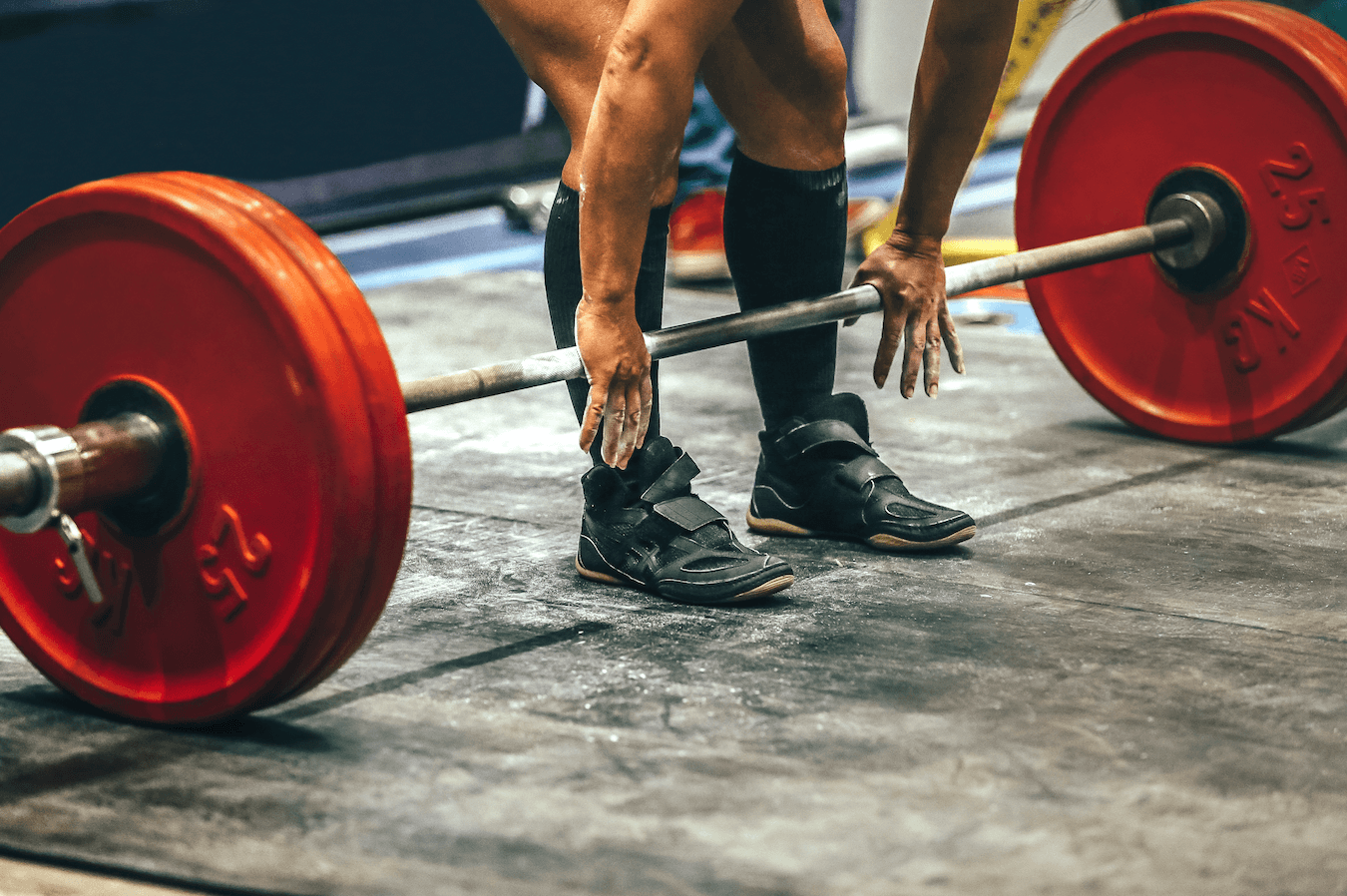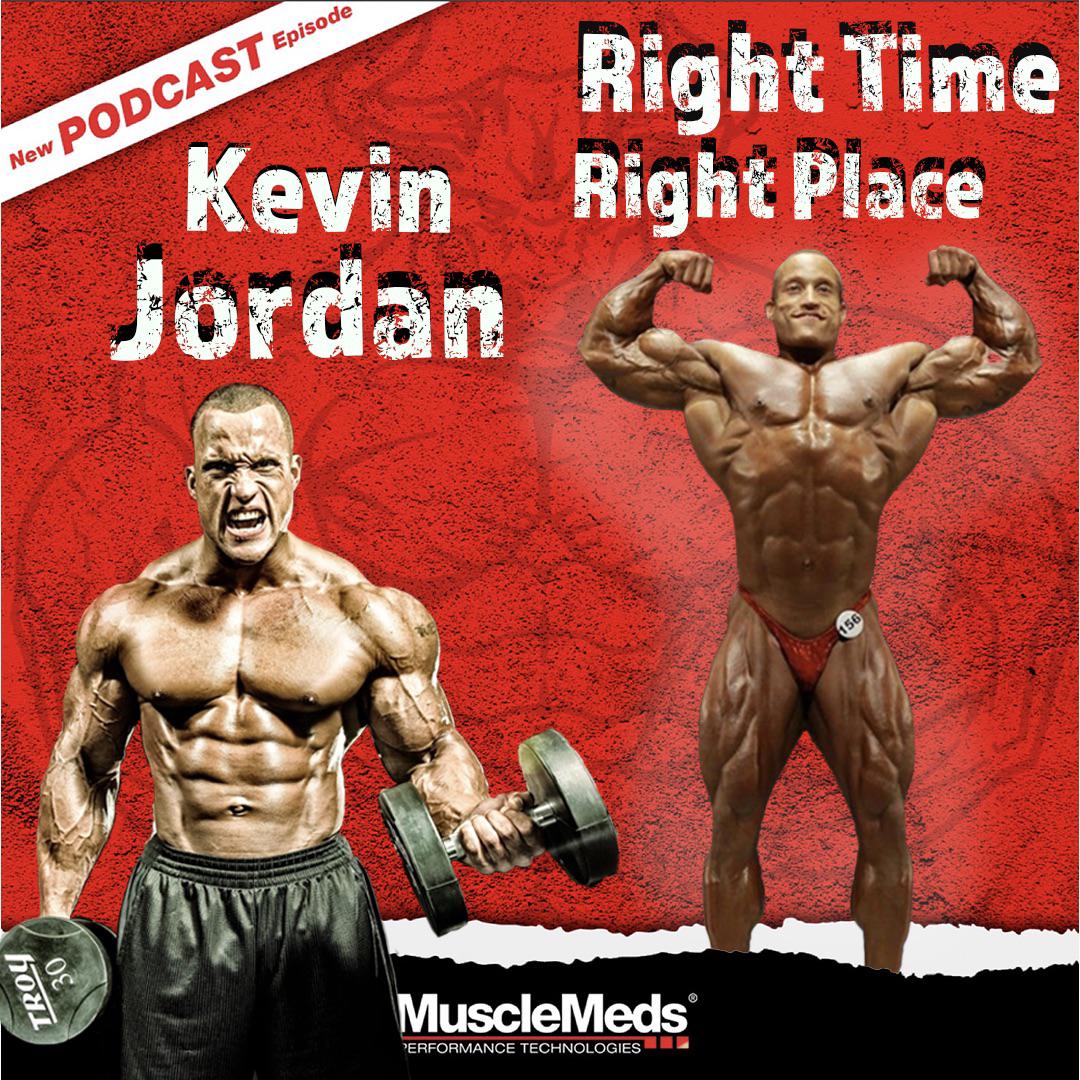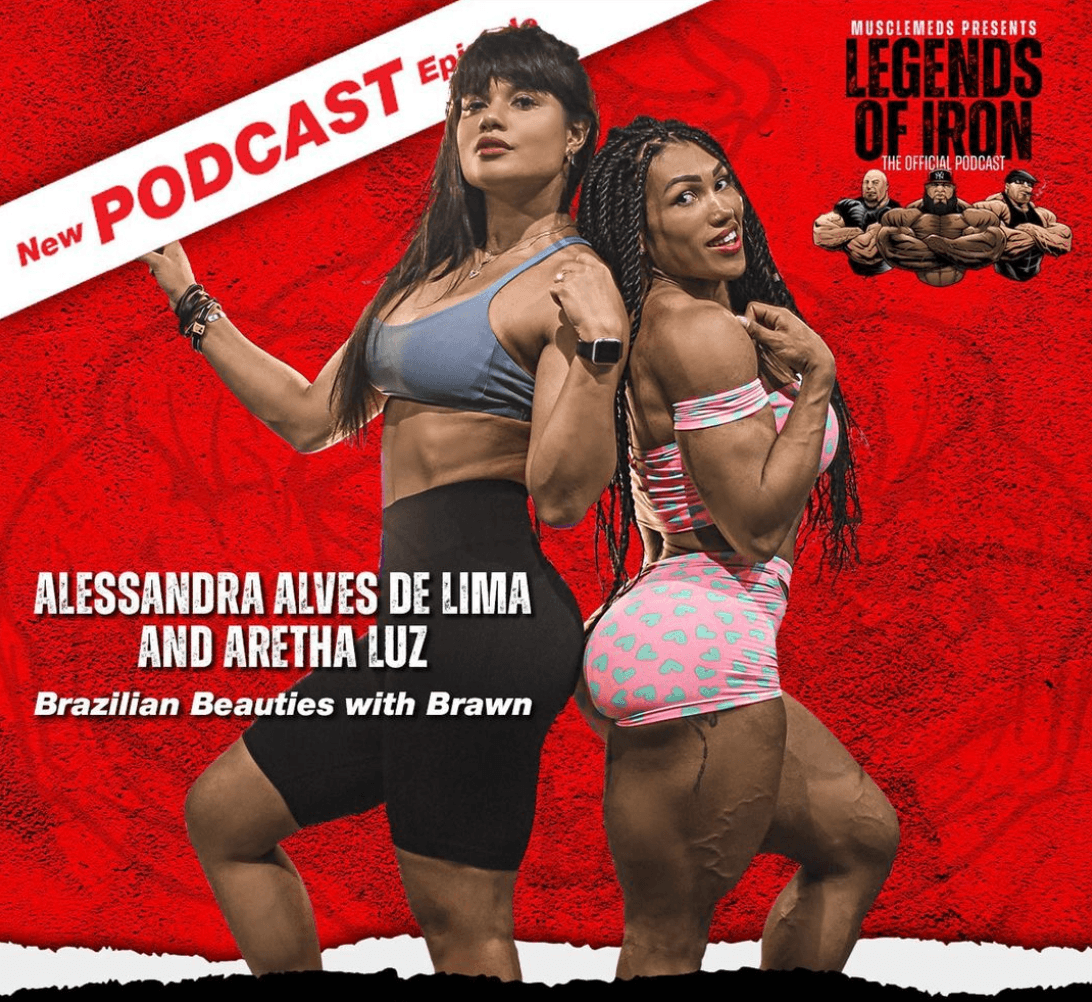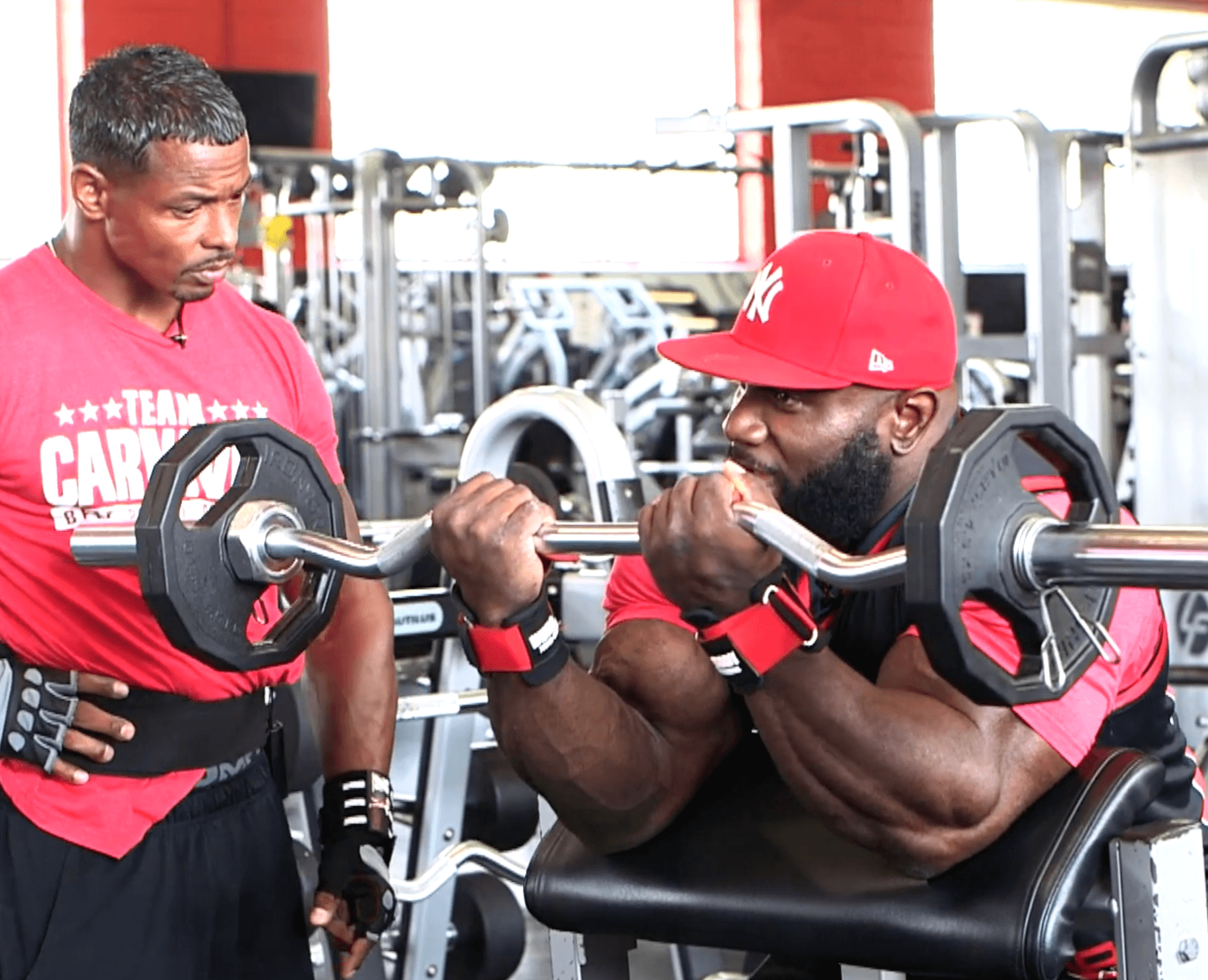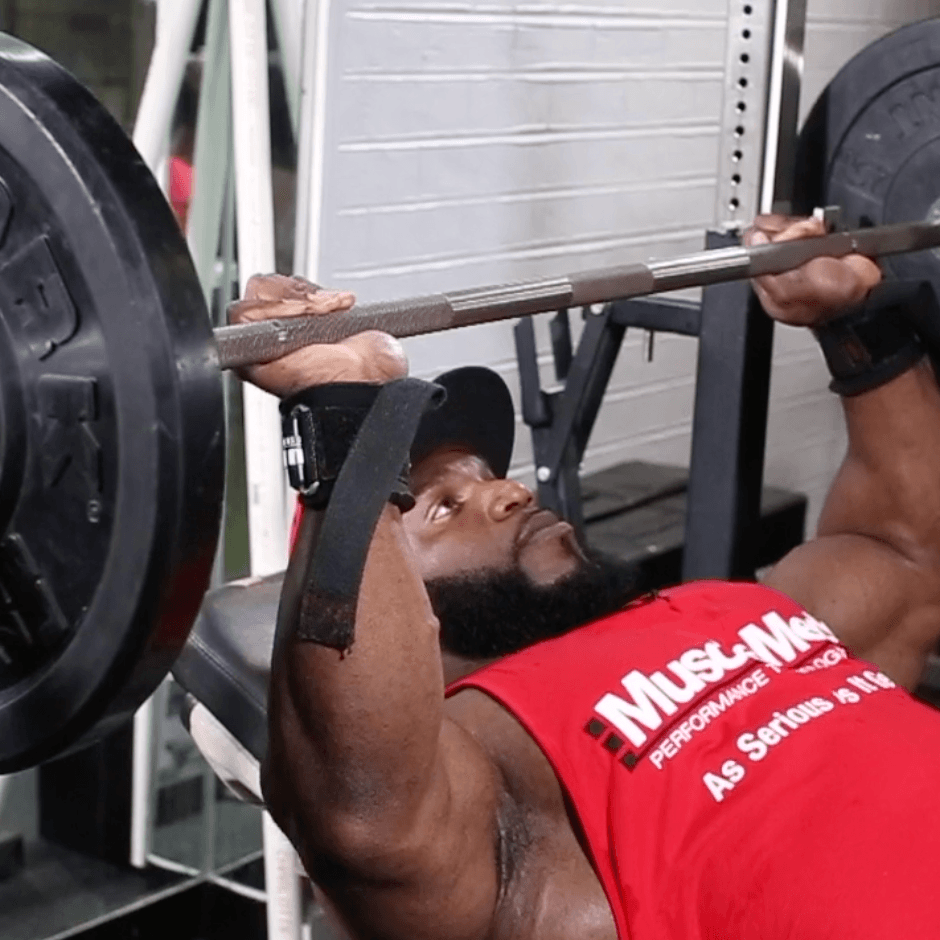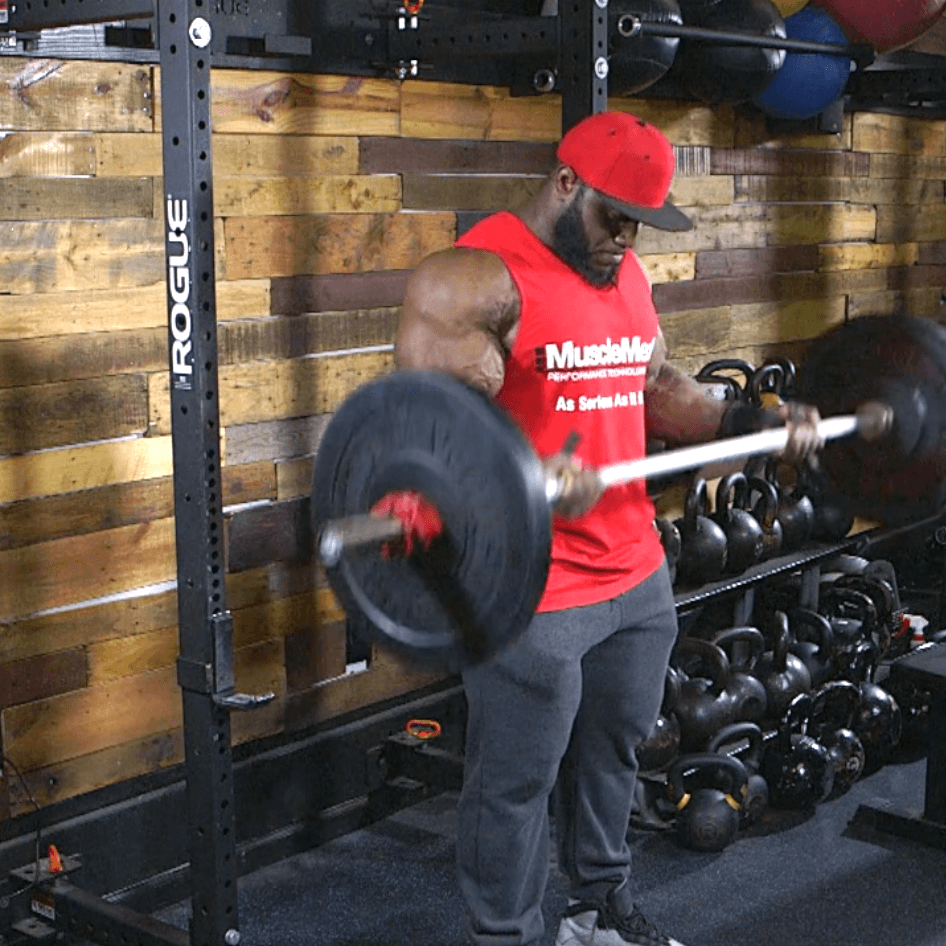beefy blog articles
THE MEAT & Potatoes
Training
How To Improve Your Deadlift
Deadlifts. The ultimate test of strength, where gravity is your arch nemesis. A movement that activates a number of muscle groups from the hamstrings up to the biceps. Some muscle groups are much more engaged than others, but overall this is considered a full body exercise. This is one of the 3 primary power compound lifts, very commonly tested in powerlifting meets across the globe. In this article we’ll discuss how to improve your deadlift through both form and assistance movements. First and foremost, this movement is one of the most complex and challenging to perfect. There is high risk for high reward when it comes to the deadlift. As full body strength is developed, the risk is heightened and form must be flawless to ensure safety.
Position your body in front of the bar, with your feet placed underneath hip-width apart. As you descend towards the bar, ensure your shoulders are pulled back and your chest stays facing upwards. Keeping your back straight is a key element to perfecting the deadlift, our intention is to never see it rounded from start to finish.
Your grasp of the bar should be just a hair wider than shoulder-width apart. A mixed grip (one palm facing inwards, one palm facing outwards) is recommended for conventional deadlifts.
As you begin your ascension, your shins should be centimeters from the bar. Maintaining your retracted shoulders, push your hips forward as the bar rises. It’s important to ensure your chest stays in the upward position all throughout.
It’s key to make this one fluid motion. Avoid straightening your legs too quickly and pulling the rest of the motion with your lower back. As the bar moves, your body should slowly straight out in sync with it.
Lock the bar out at the top of the motion without leaning backwards, then slowly descend in the same fashion you pulled the weight. One fluid movement as the bar descends, your body moves back to the starting position along with it.
Let’s shift gears on how to improve your lift. A key accessory movement that will particularly help with the second half of the movement (bringing the bar from past your knees to lock out position) is the rack pull.
Rack pulls must be performed in a power cage or half cage. Set up the bar to be in starting position just under your knees. The lower the bar, the more glute/hamstring activation, while the higher you position the bars starting position the more back muscles will be utilized.
With your feet shoulder width apart and bar centimeters from your shins, position your hands shoulder width apart and grab the bar with an overhand grip.
Keep your chest up and back straight as you ascend, pushing your hips forward.
As you reach full extension pull your shoulders back. Then return the bar back to starting position while ensuring proper form.
Lastly, let’s tackle the first half of the deadlift movement. Fighting gravity as it’s peak and performing that initial pull off the floor up to about your knees. Conquer this beast by performing deficit deadlifts. This is executed by performing the complete deadlift standing on an elevated platform about 1-4 inches off the ground (the higher off the ground, the more challenging). The deficit deadlift increases the range of motion for the movement. This requires an increased recruitment of muscle fibers from the quads and posterior chain.
These are the foundation of building deadlift strength. There are other movements that are highly recommended to include in your strength training protocol as well such as farmers walks to build grip strength.
Nutrition
Maximizing Digestion
It’s no secret that following a balanced meal plan is the driving force behind results geared towards any goal. What does pass under the radar far more often than it should is the digestibility of your foods. A hot topic in this day and age is If It Fits Your Macros, the dieting technique that gives you full flexibility to eat the foods you enjoy, as long as they fit your macros. This dieting style has gained more and more traction over time due to the appeal of not having to restrict yourself in any sort of way and cut out the foods you enjoy. While there is some science behind this, you can’t pass over the fact all foods are not made equally. The macronutrient profile always holds the spotlight, but what must be considered is the micronutrient content of these foods as well. For example, to say that you believe your body will digest fried chicken which is a mix of high fats, carbs, and protein the same way as it would digest baked chicken mixed with a bit of rice and macadamia nut oil to match the macronutrient profile would digest equally would be a false statement. Most people have experienced the stomach discomfort associated with fried foods and can clearly notice a difference in how their digestion is affected with their food choices. So other than making obvious choices such as passing on fried foods, what else plays a role in the digestibility of your foods?
Not all foods are made equally, and neither are supplements. When it comes to protein powders, there are some options your digestive system will thank you for in the long run. More and more people are developing sensitivity to lactose, this is due to a deficiency in an enzyme known as lactase. If you’ve ever experiences stomach discomfort following the ingestion of dairy, this may be the cause. Your best choice is to choose a new protein powder that better suits your body. Carnivor is bioengineered hydrolyzed beef isolate protein that is less stressful on your digestive system than even whole foods. Hydrolyzed protein in a way is “pre-digested” meaning that the amino acid bonds are cut into shorter pieces so your body doesn’t have to work as hard to break them down. The end result is the smoothest and fastest digestion possible. With no lactose, sugar, fat, or cholesterol and 350% more concentrated amino acid content than steak, Carnivor provides all of the benefits of red meat with none of the downfalls.
Diving in deeper into the mechanics of the digestive system, let’s take a look into some of the smallest organisms that play a big role. Healthy bacteria, is there such a thing? Most would assume not, but inside of our stomach are living organisms known as probiotics that are a key piece to gut and immune health. These bacteria are primarily found inside the digestive tract as well as the intestines. They help synthesize vitamins, prevent infections by balancing pH levels, and most importantly they help to produce certain enzymes that are essential to the digestive process. These are your systems natural defences against the unhealthy bacteria that can lead to declines in health. Foods such as yogurt, kimchi, and kefir are some of the most probiotic-dense foods suggested to include in your diet. The other route to take would be to include a probiotic supplement into your daily routine.
Digestive enzymes are a vital piece to the puzzle when it comes to ensuring the highest nutrient uptake of your foods. These enzymes aid your body by mimicking natural enzymes that are in your stomach, small intestine, and even in your mouth. When there is a lack of digestive enzymes available inside the body, that can stem into a number of digestive issues down the line such as bloating, weight loss even with proper nutrition, cramping, gas, and more. There are digestive enzymes found in foods such as pineapple, honey, mango, and avocado but with a wide spectrum of digestive enzymes out there, it’s hard to ensure you get a blend of all types to aid with all areas of digestion. For example the digestive enzyme lipase helps with breaking down fats, while the enzyme protease helps with protein breakdown. One without the other won’t cover all your bases, and eating a different type of food for all types of enzymes is not sustainable for most people on a regular basis. Supplementing with digestive enzymes is an easier, more efficient way to ensure you get a proper intake.When attempting to pack on muscle mass, you must put your body in a caloric surplus day after day. This can be taxing on your digestive system, and supplementing with digestive support can greatly benefit you. MuscleMeds Feast Mode is a convenient and effective solution to ensure you maximize your nutrient uptake. Each serving contains a blend of 11 digestive enzymes to ensure you make every calorie count. On top of that, Feast Mode is a powerful appetite stimulator with a unique one of a kind blend of natural hunger regulating herbs. This formula works to boost the hunger hormone inside the body, known as ghrelin. In response to these elevated ghrelin levels, the body sends hunger signals to the brain.
Training
Mastering The Box Squat
Barbell squats are the foundation to leg day. A staple movement that many would argue is an absolute must for developing a serious set of wheels. While squats are considered the ultimate test of lower body strength, having both core and upper body strength are a must...Making this one of the most demanding exercises the human body is capable of. Building up your strength can come quickly at the start of your lifting journey, but as time goes on your progress can become stagnant. Powering through a plateau does not come easy, and beginning to add in accessory exercises to help you develop lower body strength will become necessary in order to continue breaking new ground. The box squat goes hand in hand with building lower body strength. In this article we’ll discuss the mechanics, the reasons behind the effectiveness, and how to perform this accessory lift.
Squats involve a number of working muscles. You could justify a substantial number of exercises as accessory exercises to boost your performance when squatting such as leg extension for quad strength, Romanian deadlifts for hamstring development and so on. You should include those standard movements to develop well rounded strength throughout your lower body, but when it comes to developing raw power the box squat is king. All that is required to perform this is your standard squat set up including a rack or cage, barbell with weights, and a plyometrics box or something study that could serve a similar purpose. To start it’s recommended to choose a box that is just above knee height. As the movement is perfected, slowly working with lower height boxes can continue to develop your skills.
So what makes box squats effective? For starters, it’s a more challenging movement. There is no comparison between a complete dead stop at the bottom of a squat and powering back up to starting position versus a traditional squat where you have momentum built and only a half a second pause or so at the bottom of the movement. The pause at the bottom of the box squat kills all momentum and forces you to recruit the glutes and hamstrings to help you muscle your way back up. This recruitment of muscles will directly translate into your traditional squats, and help you power back up with ease just as a rack pull aids you with the upper portion of a deadlift.
Due to the heightened challenge box squat pose, the maximum weight used will not be nearly as much as your traditional squat. This lowers the amount of spinal compression which can play a key role in longevity. The lightened load and the range of motion also reduce the stress on the patellar tendons, saving your knees in the long run from too much wear and tear.
How to execute a box squat properly.
Set up as you would for a traditional squat inside a rack or power cage. Using just the weight of the bar, unrack it and position yourself the distance away from the rack where you would perform your squats. Take note of the distance. Rerack the weight.
From this spot, place your box behind you so it is just touching your heels
Add your desired weight, unrack the barbell, and step back to position yourself for your squat.
Keeping your chest up and back straight, descend into the squat slightly pushing your hips back.
As your glutes reach the box it is important to not release all tension off your muscles and fall into the box. Keep the tension constant as you slowly begin to transition. Aim to place your glutes entirely on the box, you do not want to be hanging off.
Do not bounce off the box. Cut all momentum off as you sit. Pause for two to three seconds. Drive with your heels and ensure your chest does not fall forward as you begin to ascend and return to starting position.
Challenge yourself in the long run by adding additional weight and lowering the height of the box slightly over time. The box height should never fall more than a few inches below knee height. Utilize this accessory movement to boost your squat strength, ensure longevity with your knee and spine health, and master the art of squatting by slowing down the movement and building the mind-muscle connection.
akim williams
TRAINING TIPS
Locked Out?! Are you a MuscleMeds Member?
GET FULL ACCESS
You'll notice some posts are restricted to MuscleMeds Members Only! Become a member today and unlock access to all of our videos, articles, exclusives, and more!

